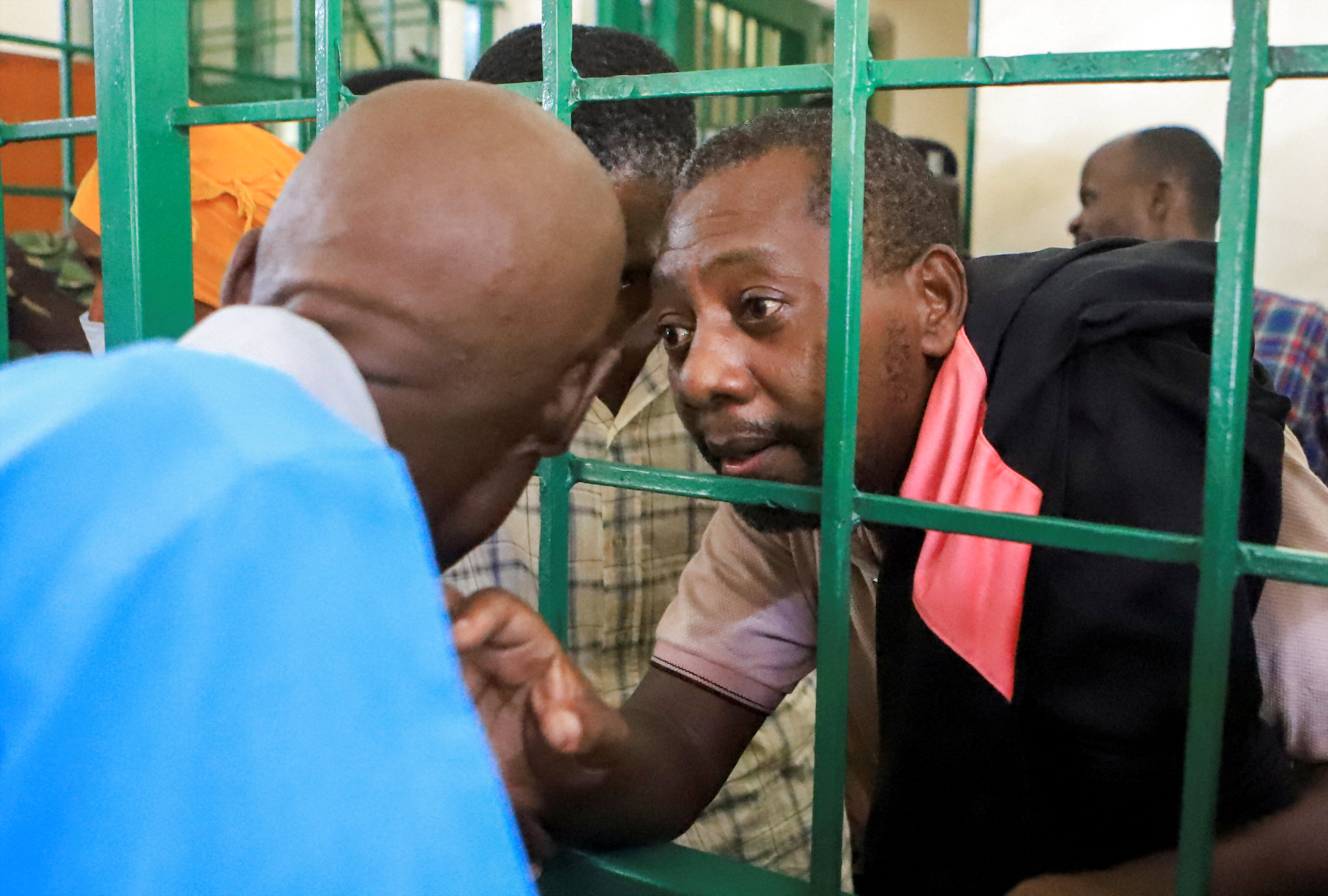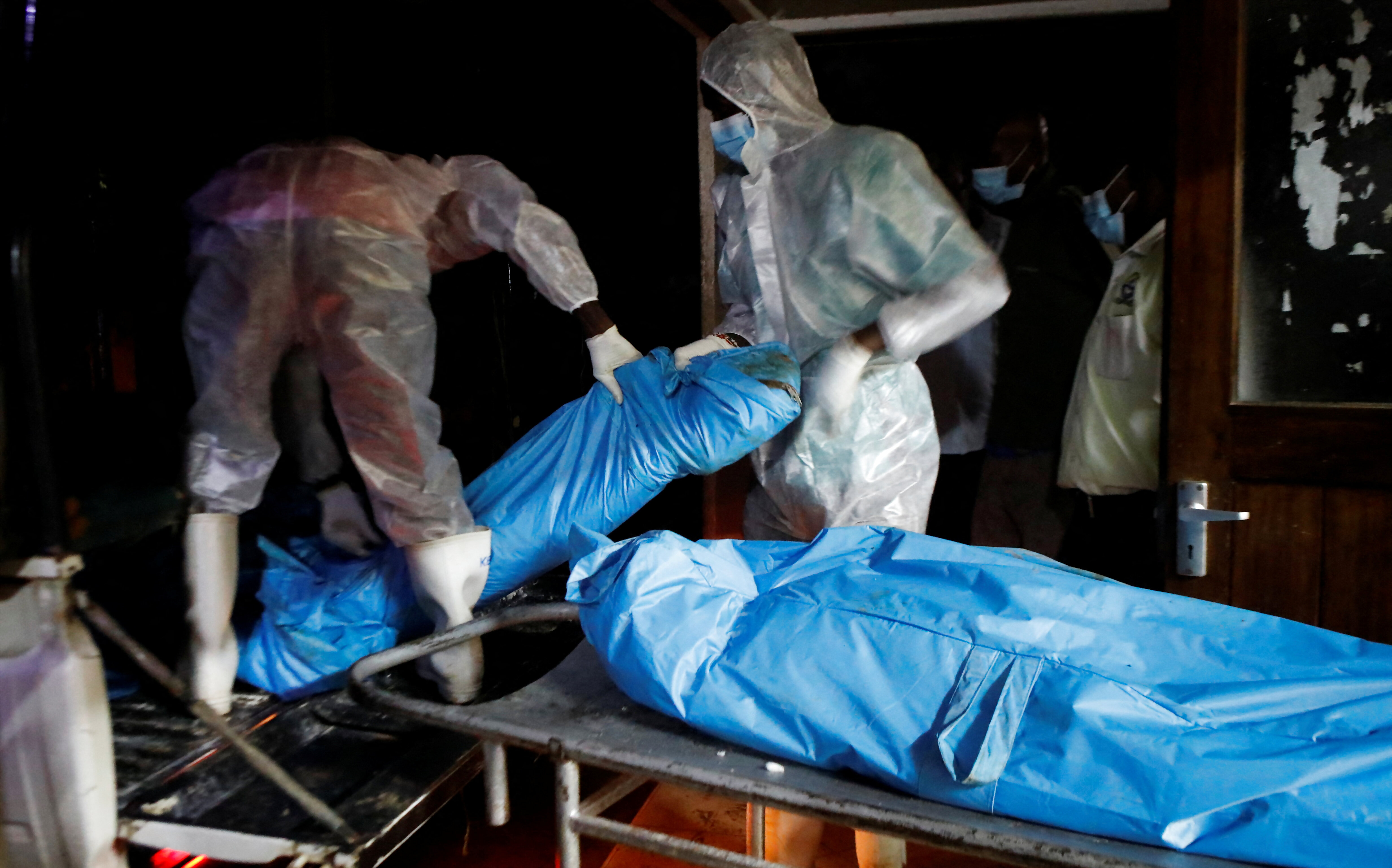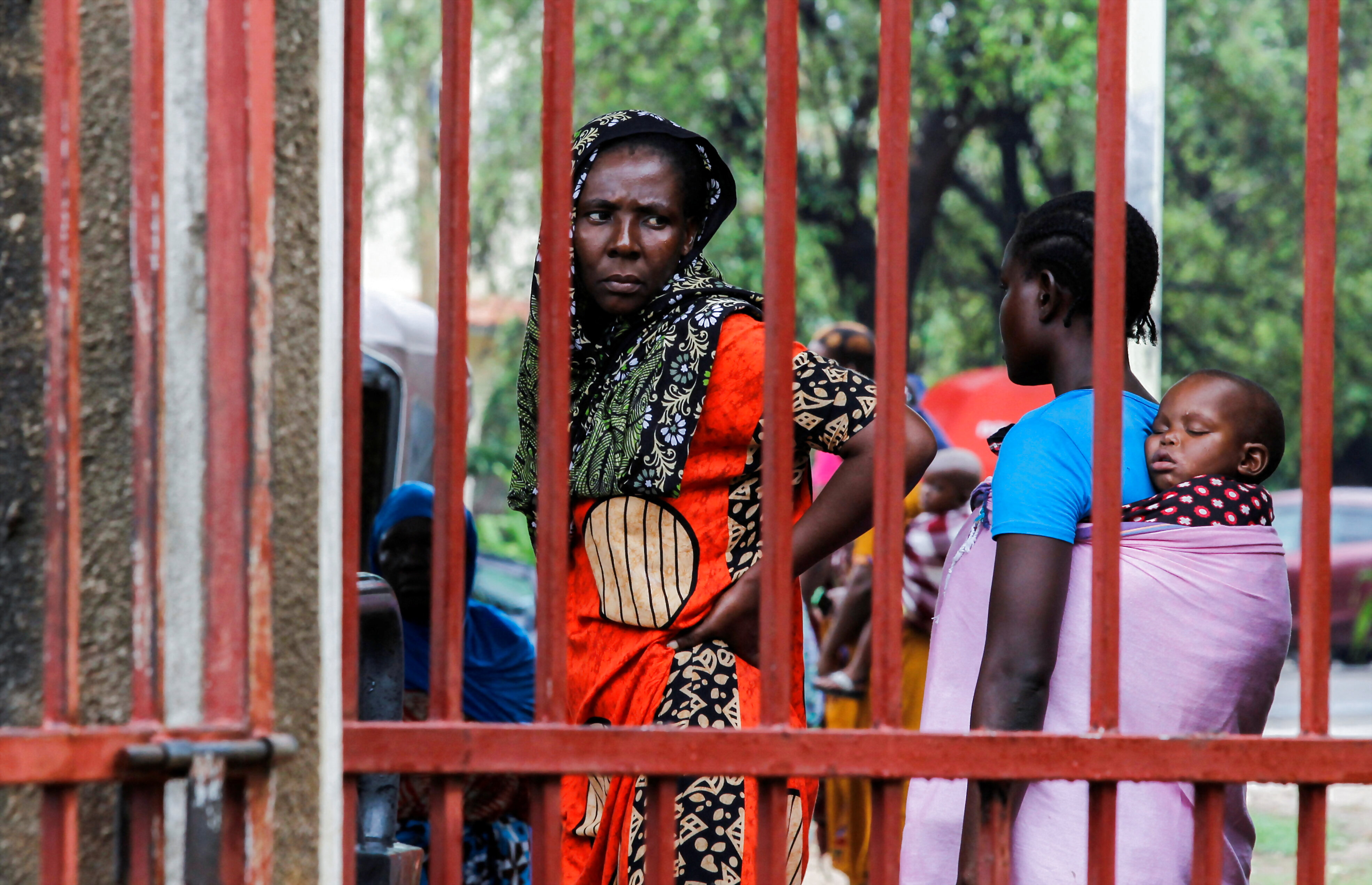'They Wanted to Die & Meet Jesus': Chilling Details of Kenya's Starvation Cult Which Killed Hundreds

views
“I wanted these starving people to survive, but they wanted to die and meet Jesus,” Victor Kaudo, a rights activist in Malindi, told the New York Times after a visit to the Shakahola Forest, which has become the site of a mass suicide and murder cult in Kenya, led by an evangelical Christian preacher.
As per an AFP report, the death toll in the investigation linked to the Kenyan cult that practised starvation climbed to 201 last week, as investigators on Saturday had unearthed 22 more bodies from a coastal forest, a government official said.
Police believed most of the bodies found in a forest near the Indian Ocean town of Malindi belong to followers of Paul Nthenge Mackenzie, a taxi driver-turned-preacher who is accused of inciting them to starve to death “to meet Jesus.”

Coast Regional Commissioner Rhoda Onyancha, who announced the latest figures, said 26 people have been arrested over the deaths, including Mackenzie and an “enforcer gang” tasked with ensuring that no one broke their fast or left the forest hideout alive.
While starvation appears to be the main cause of death, some of the victims — including children — were strangled, beaten or suffocated, according to chief government pathologist Johansen Oduor.
Now, the relatives of hundreds of such people, who are believed to be buried across the property, which is being exhumed, are roaming, desperate to find their loved ones – either dead or alive.
But what led to this hideous cult and how did a man convince so many people to starve themselves to death? News18 takes a deeper look:
The Sanctuary of Death
The followers who died were answering to the call of Paul Nthenge Mackenzie, a former cab driver turned televangelist who, declaring that the world was ending, promoted Shakahola to his followers as an evangelical Christian haven from the impending apocalypse.
Instead of a haven, the 800-acre farm is now a grisly crime scene, littered with the shallow graves of believers who starved themselves to death — or, as Mackenzie would have it, crucified themselves so that they may meet Jesus, as per the New York Times report.
Hundreds more victims are still unaccounted for, possibly buried in secret graves.

The horrific scale of what the Kenyan news media dubbed the “Shakahola Massacre” has left the government baffled as to how, in a country that prides itself on being one of Africa’s most modern and stable, law enforcement could have missed the macabre goings-on for so long.
The fact that so many people chose to die through fasting over the most basic human need to life has raised sensitive concerns about the limitations of religious freedom, a privilege enshrined in the Kenyan Constitution.
Victor Kaudo, a Malindi-based rights campaigner who visited Shakahola in March, was tipped off by cult defectors and encountered starving believers who cursed him as “an enemy of Jesus” when he sought to help them.
A famished woman flailed wildly on the ground when Kaudo approached giving food, her head shaved on orders from the cult leadership, according to a video he captured. Mackenzie has informed investigators that he never ordered his followers to fast and instead only spoke about the End Times agonies foretold in the Book of Revelation, the final chapter of the New Testament. He was arrested in April, set free and then quickly rearrested. He is under investigation over accusations of murder, terrorism and other crimes.
‘It Was a Normal Church at the Beginning’
Mackenzie’s rise from destitute taxi driver to cult leader with his own television channel began in 2002 in Malindi, in a stone courtyard beside a Catholic primary school, according to the New York Times. Ruth Kahindi owned the land after meeting Mackenzie at a nearby Baptist church and inviting him to preach at her home.
They founded their own church, Good News International, and used Kahindi’s house as its headquarters.
“It was a normal church at first,” Kahindi’s daughter Naomi told NYTimes, recalling Mackenzie as a dynamic speaker who originally held to the usual evangelical doctrine of salvation via faith alone in Christ and the Bible as the ultimate spiritual authority.
Ruth Kahindi separated with Mackenzie about 2008, according to her daughter, as he became increasingly apocalyptic in his preaching. Titus Katana, a peanut salesman who joined the Good News church in 2015 and proceeded to become deputy pastor, told the publication that he originally admired Mackenzie and his preaching. Katana explained that “he changed because of his false prophecies” regarding the end of the world. “His main interest became making money, not preaching to the world.”

Mackenzie, he recalled, had begun encouraging believers not to see physicians or send their children to school by 2017. At his church, he established his own unregistered, fee-paying school. He also claimed divine healing abilities, which he charged for.
“He told me he had received a revelation from God” about the sinfulness of education and medicine, Katana recounted. “Everything bad started with this.”
Mackenzie’s impact had spread far beyond the Kenyan coast at this point, courtesy to the founding of Times TV, a gospel channel that broadcast his increasingly violent sermons over the internet and across Africa. A Nigerian citizen and a Kenyan flight attendant are among those who have gone missing in Shakahola.
Elizabeth Syombua, the sister of a man who is starving in the forest, said Mackenzie’s television broadcasts had captivated her and her brother. “You get addicted to what he says,” she explained, recalling how she would rush home from work at a Mombasa sewing factory so she could watch with her brother. “He’s like an evil spirit with this strange power to lure people into his trap,” she said.
‘Children the First to Die, Govt at Fault’
The case has stunned Kenyans and led President William Ruto to set up a commission of inquiry into the deaths and a task force to review regulations governing religious bodies.
Mackenzie, portraying himself as a Christ-like figure, lived in a part he called Galilee, named after the region of Palestine where Jesus spent the majority of his time.
The instructions, according to Katana, were a calculated strategy for mass suicide through starvation. The first to succumb would be youngsters, who were “to fast in the sun so they would die faster,” Katana recalled the pastor saying. Women would get their turn in March and April, followed by men.
According to Katana, Mackenzie stated that he would stay alive in order to assist his followers “meet Jesus” through starvation, but that after that mission was completed, he would starve himself to death before what he claimed was the impending end of the world.
Mackenzie stated in a March video that he “heard the voice of Christ telling me that ‘the work I gave you to preach End Time messages for nine years has come to an end.'”

Katana stated that he had split up with Mackenzie by this point and was not in Shakahola when the suicide programme began, but heard about it from believers who were. He reported to the police that “kids are dying” in the forest.
“They never took any action until it was too late,” he explained.
“People are very angry and blame Mackenzie, but I blame the government,” Damaris Muteti, a member of a rival evangelical church and itinerant preacher, surveying the wreckage, told the NYTimes. Kenya’s president, William Ruto — a devout Christian whose wife is an evangelical preacher — has been leery about restricting religious activity, but last week he summoned a panel of church leaders and legal experts to propose methods to control Kenya’s chaotic faith sector.
New York Times, AFP, contributed to this report.


















Comments
0 comment